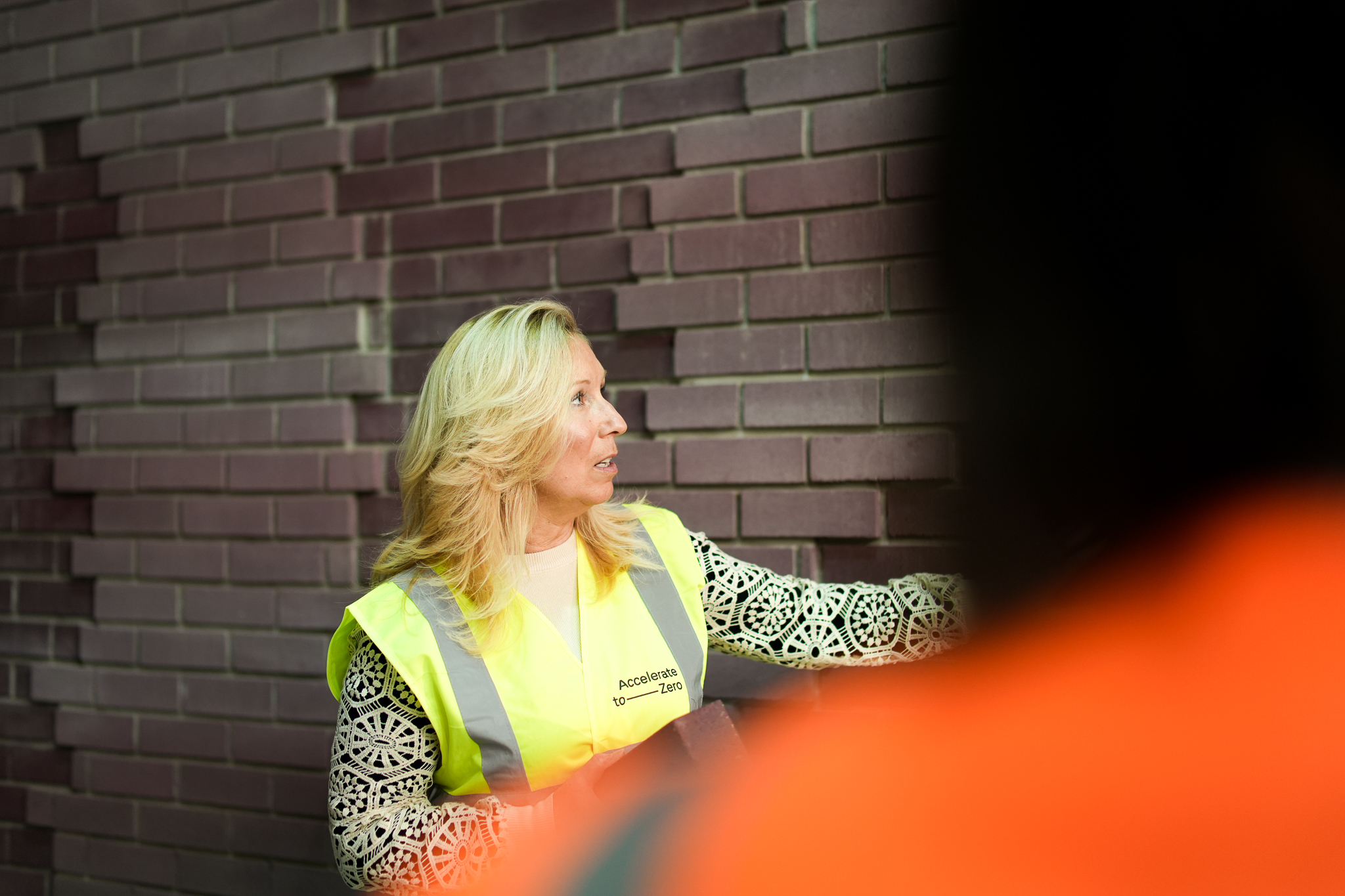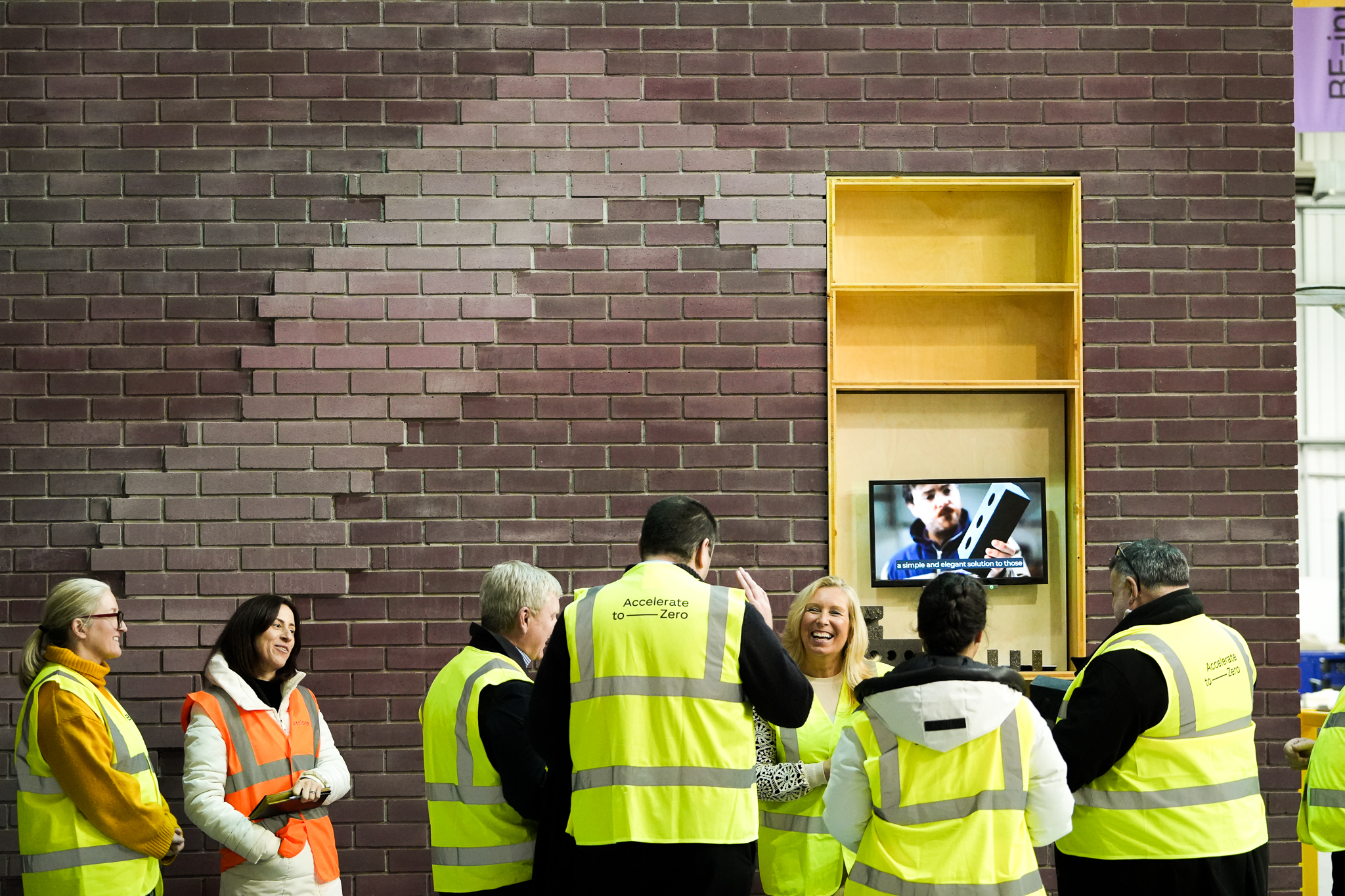Lucy Black: Why we need a greater focus on embodied carbon and regulations to help the built environment achieve net zero

Lucy Black
Lucy Black, head of business development at Kenoteq, will be speaking at Sustainabuild Scotland in Edinburgh on Wednesday 28th February. She shares her thoughts on embodied carbon and explains the challenge we face as an industry.
Globally, it is well known that the built environment is responsible for almost 40% of total direct and indirect CO2 emissions and, at a UK level, evidence shows that embodied carbon can account for up to 70% of a building’s total carbon emissions over its lifetime. These staggering statistics emphasise the significance of embodied emissions in building construction and, more importantly, the desperate need for regulation across the industry. UK policy has sadly stalled, and urgent action is needed.
Just this month, a joint coalition of industry bodies, including the Chartered Institute of Building, Royal Institute of British Architects, and the Construction Industry Council, joined together to call for UK political party leaders to regulate embodied carbon in the construction industry. Without a standard methodology that will support the construction industry when measuring the embodied carbon of a building, the industry will inevitably struggle to achieve its net zero ambitions.

To do this, the way we approach design and the materials we use needs to be transformed and greater support from the Government and the public sector is required to encourage better, sustainable design practices.
The need for decarbonisation is more urgent than ever. How an average new-build house is constructed might help focus the mind. This process currently produces 800kg CO2e/m2 of carbon by the time it is built. When you consider that we need to reach 6.3kg CO2e/m2 by 2030 for an average new build dwelling to help meet the UK’s carbon deficit - you can appreciate the huge challenge that is ahead of the construction sector.
We need to change our mindset and where appropriate consider retrofit over demolition and new build, in support low-carbon and local material innovation and selection, as well as reducing waste across the construction phase and throughout the supply chain. Considering that high-performing, bespoke low-carbon homes still account for around 150kg CO2e/m2, the challenge in reaching the goal of 6.3kg CO2e/m2 is still vast.
Policy makers and legislation
This goes far wider than the UK. However, it is equally important for the Scottish Government to mandate low embodied carbon targets for new build and retrofit projects across the Scottish public sector estate as well as more widely within the private sector if we are to reach net zero by 2045.

Whilst some guidelines are available, it is not enough, and we need embodied carbon firmly embedded into legislation.
Equally, the Government and the public sector should be leading from the front, showing the private sector how to achieve low-carbon targets by building efficiently and demonstrating the use of low-carbon materials, particularly those manufactured locally.
Much of the political focus to date has been on the operational performance of buildings and the carbon emitted by heating and lighting systems. However, the carbon equation needs to be balanced by measuring the energy and embodied carbon associated with the demolition and build process. This includes the extraction, manufacturing and transporting of construction material, as well as the energy and carbon used in the actual construction process.
Building sustainably
With further Government and public sector support in Scotland and the UK, new innovations and modern methods of construction can be brought forward. From Kenoteq’s Lothian base, we are launching the K- BRIQ a sustainable building brick that is unfired and made of over 90 per cent local construction waste, as part of our drive to reduce the environmental impact of the construction industry. The K-Briq has 95% less embodied carbon than a traditional brick and has made 88 tonnes of carbon savings just in the demonstration projects we have delivered to date. With imminent product certification, our move towards more sustainable building materials demonstrates the importance of innovation and collaboration to help the built environment achieve a low carbon future. The time is now.
- Lucy Black will be speaking on Sustainable building materials: Key to Scotland’s net zero transition in the built environment at Sustainabuild Scotland Breakfast Club, hosted at Patina Bakery in Edinburgh on Wednesday 28th February.

















